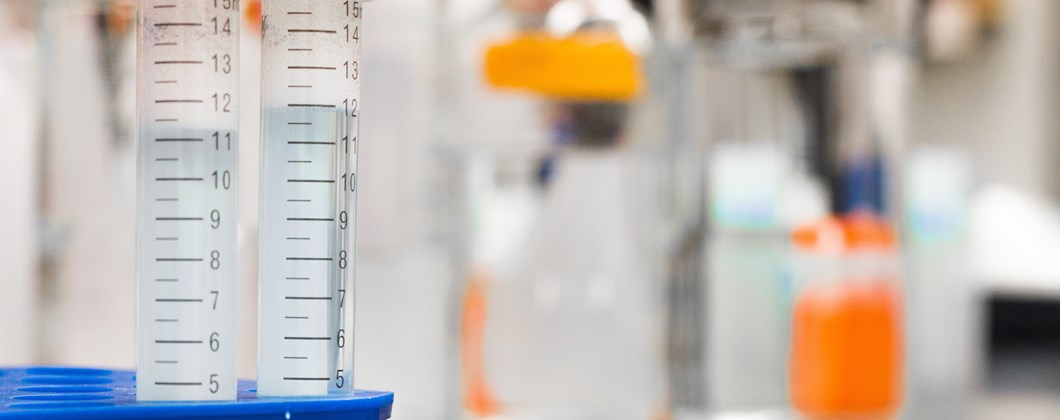Addressing Legionella and Legionnaires’ Disease in the Workplace

Legionella bacteria presents a serious risk for employees across a variety of industries. This type of bacteria can lead to Legionnaires’ Disease, a potentially fatal form of pneumonia.
This type of bacteria often grows in natural bodies of water, such as rivers and ponds, but these situations rarely involve serious risk for humans. The way people are likely to encounter legionella is through the bacteria cultivating and growing in various water systems or infrastructures, such as cooling towers and evaporative condensers.
Given the severity of the potential consequences for workers exposed to legionella bacteria, employers should prioritize learning about the subject and addressing any potential issues.
Common sources of risk that may exist in various workplaces include:
- Water systems in which water is stored at temperatures between 20C to 45C
- Systems that store or recirculate water
- Potential sources of nutrients within water systems, such as rust, sludge, scale and biofilms
- Systems that may disperse water droplets across a large area, such as shower areas
Symptoms of Legionnaires’ Disease include:
- High temperature, feeling feverish or having the chills
- Cough
- Muscle aches
- Headache
- Pneumonia
- Diarrhoea
- Confusion
Legionnaires’ Disease is not known to spread from person to person. Due to the severity of this condition, it’s important to educate employees and ensure that they visit a GP if it’s possible that they may have developed Legionnaires’ Disease. For more information, contact us today.
